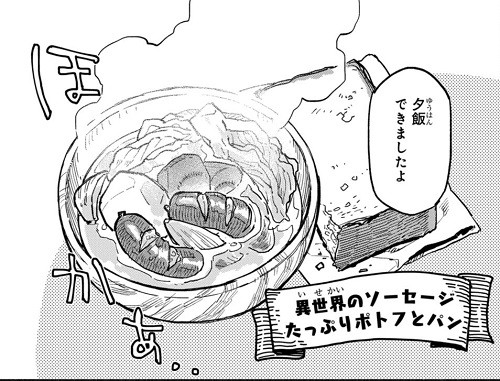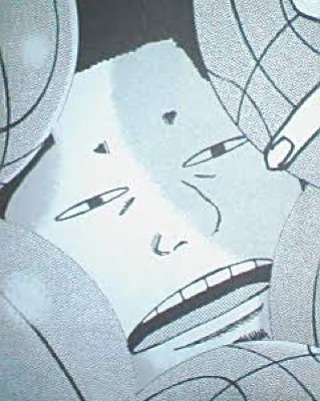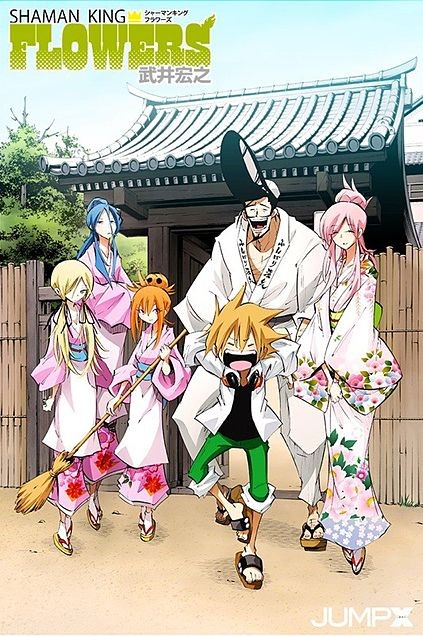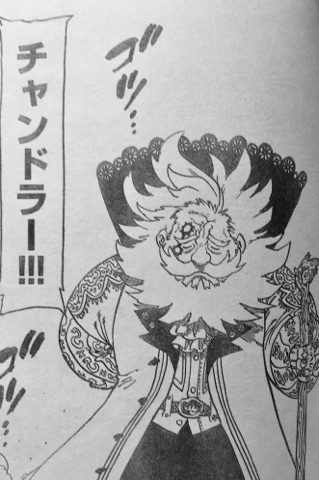The original TV anime "Pon's Way," set in Onomichi, will begin airing in January 2024. It's a slice-of-life story about high school girls having fun in a former mahjong parlor. The series features a combination of high school girls and mahjong, but what exactly is its appeal? We'll explain the appeal of this series, too!
Synopsis
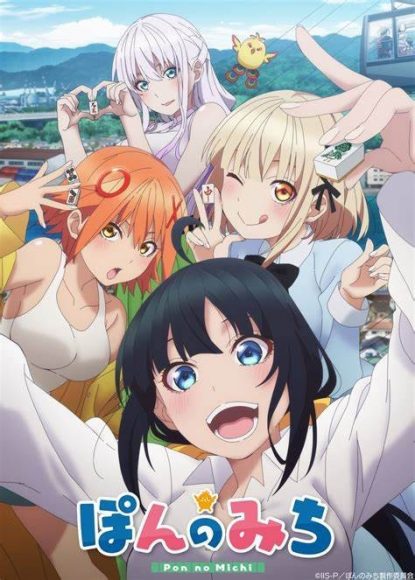
Nashiko Tohensha is a lively and reckless high school girl living in Onomichi City, Hiroshima Prefecture. Having no place to hang out with her friends, Nashiko finds out that the former mahjong parlor run by her father is now vacant. Together with her friends Kawahigashi Pai and Tokutomi Izumi, Nashiko decides to turn it into a place where everyone can have fun. This story follows Nashiko and her friends as they spend their days drinking tea, cooking, and occasionally playing mahjong at the playground.
It's the perfect opportunity to get into mahjong
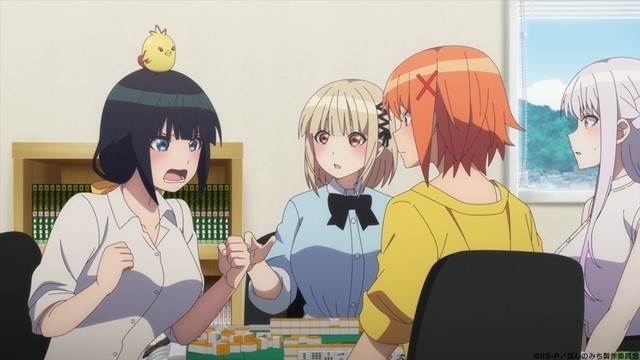
Mahjong is an adult game, and many young people may think, "I'm not quite up to it." However, mahjong is a game that can be enjoyed by people of all ages. Some of you may have played a game called Donjara as a child. While Donjara has some differences, such as fewer tiles than real mahjong, the rules are essentially the same. Many people may have become familiar with mahjong without even realizing it by playing Donjara. In "Pon's Path," the main characters, high school girls, play mahjong in a former mahjong parlor. Seeing characters their own age or even younger playing mahjong with ease will surely pique your interest in mahjong. Because this work is set in a slice-of-life setting, seeing characters playing mahjong in a relaxed and enjoyable manner may inspire you to try mahjong yourself.
About the Character Names
Many of the characters' names are inspired by mahjong. Toppensha Nashiko's "Nashiko" comes from the "Nashi-Nashi" rule in mahjong. The "pai" in Kawahigashi Pai's name comes from the mahjong game "pai," the "tobi" in Emi Tobi's name comes from "tobiman," and the "reeche" in Hayashi Riece's name comes from "reach." Incorporating mahjong terminology into the characters' names helps viewers become more familiar with mahjong.
Mahjong Rules Are Easy to Remember

Mahjong rules are often said to be complex and difficult to understand. There are many hands to memorize, and it takes some getting used to to grasp the basic rules. Many people probably feel like they still can't quite understand the rules even after reading the rulebook. However, with mahjong-themed anime, you can enjoy learning the rules while watching. Even if you don't understand something after reading the rulebook, the characters will take action to explain it, making it twice as easy to understand. Another important point is that the main character, Nashiko, is a beginner who doesn't know the rules of mahjong. While Nashiko doesn't understand the rules, those around her, such as Kawahigashi Pai and Tokutomi Izumi, do. Therefore, I think the anime will unfold with Nashiko being taught mahjong by those around her. Having the main character as a beginner makes it easier for viewers who aren't familiar with mahjong to empathize, and makes learning mahjong a fun experience. I think viewers will be able to watch with the feeling that they are learning mahjong along with Nashiko and growing together.
Enjoy the contrast
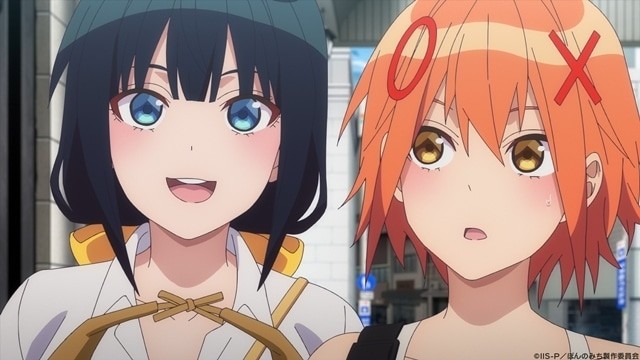
I think the contrast between high school girls and mahjong is something that can only be enjoyed in anime. High school students aren't typically seen playing mahjong, so the idea of high school girls sitting around a table playing mahjong in a former mahjong parlor is quite novel. Incidentally, it is actually illegal for high school students to visit mahjong parlors, and all mahjong parlors have signs at the entrance that read "Under 18, high school students not allowed." Mahjong parlors are subject to the Entertainment and Amusement Act, so they are treated the same as pachinko parlors and other similar parlors. Although you can't enter a mahjong parlor, you can play mahjong games at game centers, or on the fully automatic mahjong tables in inns and manga cafes. In the case of "Pon no Michi," the setting is a "former" mahjong parlor, so although it is fiction, it is thought that consideration was given to the Entertainment and Amusement Act. The fun of transforming a vacant former mahjong parlor into a playground is also part of the appeal of this work.
About Other Works

Another famous work that combines high school girls and mahjong is "Saki." In a world where mahjong is deeply ingrained in society, the story follows the protagonist and other high school girls as they hone their skills by participating in mahjong tournaments. Compared to "Pon no Michi," the characters in this work are more serious mahjong players, often competing in large-scale tournaments. It's a world where mahjong clubs are commonplace at high schools, making mahjong a familiar game for students. All the characters understand the rules of mahjong, and even the main character, Miyanaga Saki, played mahjong with her family before joining the mahjong club (a bitter memory for Saki, as losing would cost her her New Year's money and winning would result in a displeased look). Therefore, the rules of mahjong are never explained from scratch. While both works share the theme of "high school girls playing mahjong," their content is quite different. "Pon no Michi" is a slice-of-life story, centered around a relaxed and enjoyable mahjong experience. Meanwhile, "Saki" is notable for its enthusiastic dedication to mahjong as a club activity, emanating a certain sports-spirit vibe. Both works have their merits, so if you're interested, I recommend watching both. However, if you're not particularly familiar with mahjong, I recommend watching "Pon no Michi" first to familiarize yourself with the rules before watching "Saki."
The Appeal of Combining High School Girls and Mahjong
The combination of high school girls and mahjong not only enhances the popularity of the series, but also raises the profile and popularity of mahjong itself. If the number of mahjong players increases, perhaps we will see even more mahjong-related works. It would be great if "Pon's Michi" becomes a catalyst for increasing the number of mahjong players. I am already looking forward to the broadcast of the anime! That's all for today. Thank you for reading.

